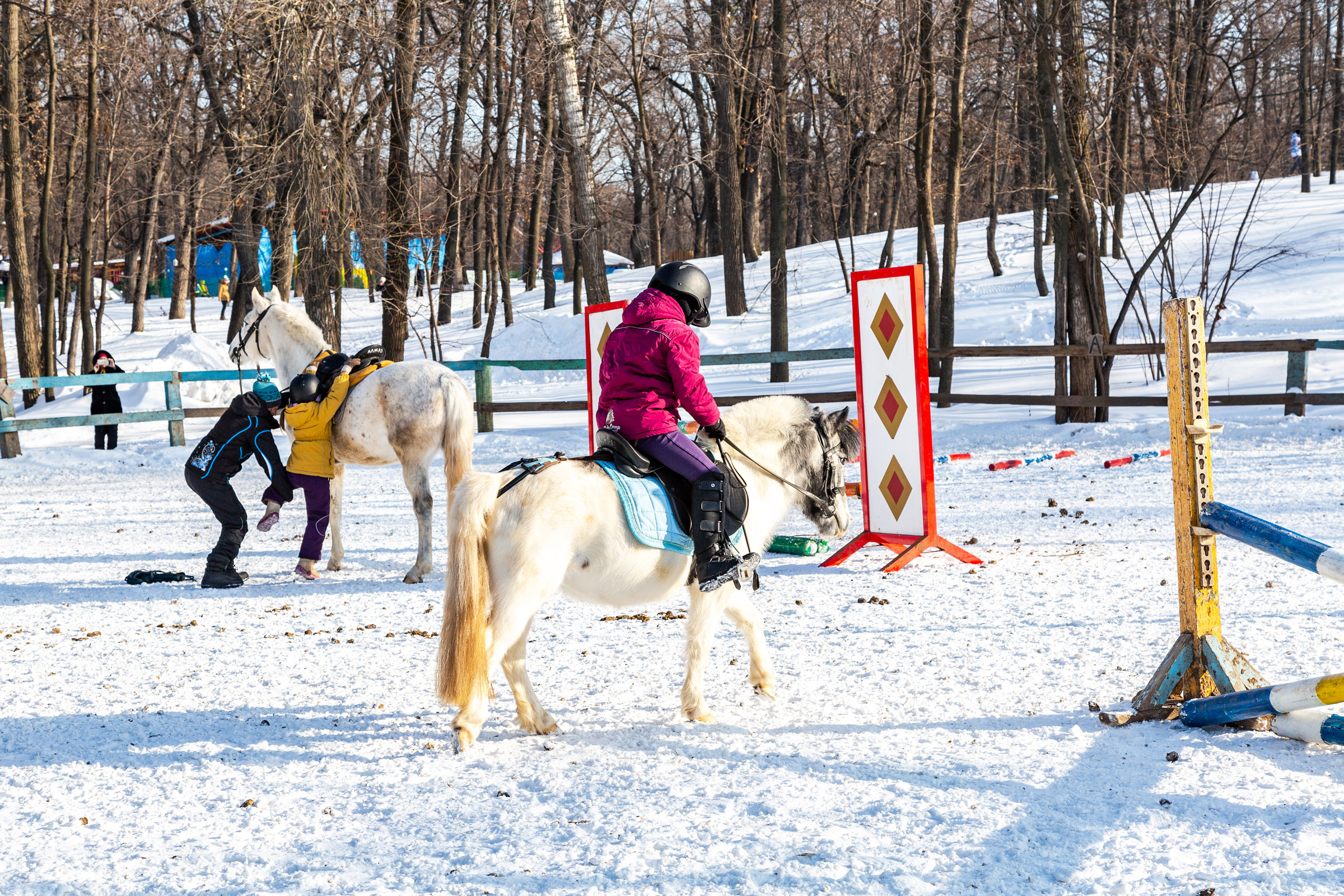
Once your feet get cold, all hope is lost for staying comfortable during winter riding lessons or chores. Shivering through either sucks the fun out of winter horse activities.
For Karlene Bulson, an ambulatory assistant at Rood & Riddle Equine Hospital in Saratoga, New York, foaling season is the most difficult for staying warm. She and the veterinarians often stand still for long periods of time running medications to foals.
“The disposable foot warmers are a must for long cold days,” she said. “I stick the warmers on the top of my toes inside the boots.”
Choosing the right pair of boots is key. Manufacturers offer warmth ratings for their boots that indicate what temperatures they are designed for. If you live in the Upper Midwest near the Great Lakes, or other areas where temperatures are frequently below freezing or subzero, you’ll want boots designed to provide warmth in those climates. Conversely, if you live in a region with temperatures that hoover in the 20s, you won’t need arctic-rated gear.
Keeping the boots dry is critical to staying warm. According to the Center for Disease Control, “water conducts heat away from the body 25 times faster than air.” Materials that repel water or are treated with a waterproofing product can prevent moisture from seeping in.
Precipitation isn’t the only reason boots become damp. Sweaty feet also create wetness. At the end of the day, it will help to remove the linings or use boot dryers get the boots ready for the next trip out to the barn. Boot dryers circulate warm air throughout the boot to dry it and help prevent the growth of fungus and bacteria.
Socks are as essential to toasty toes as boots. Cotton socks aren’t warm enough to ward off cold temperatures. Merino wool and acrylic materials are known for their insulating qualities. These fabrics also tend to be more breathable and less itchy. Wool is often blended with nylon, polyester or spandex.
Battery operated heated socks are another option (see previous article about battery-operated warming devices), but they should be used with caution in people who have circulation issues.
Editor’s note: As a horse (and livestock) owner living in Wyoming, I prefer Smartwool PhD Ski socks in medium weight. I wear these inside my waterproof because they are warm, breathable, and stand up to daily wear.


